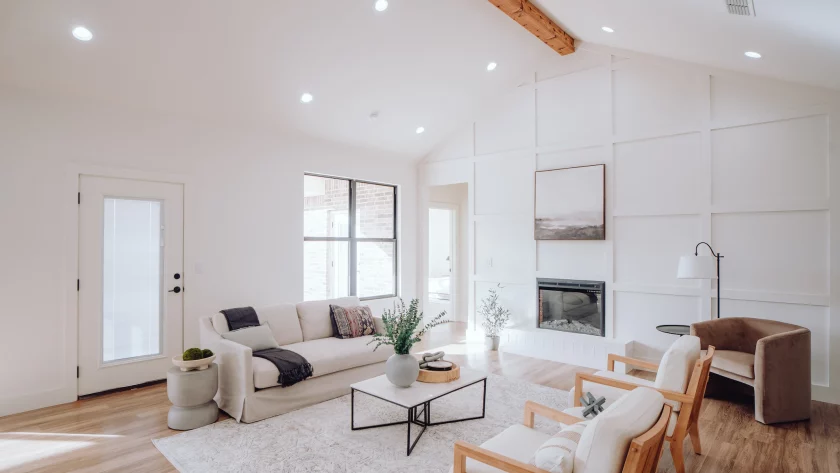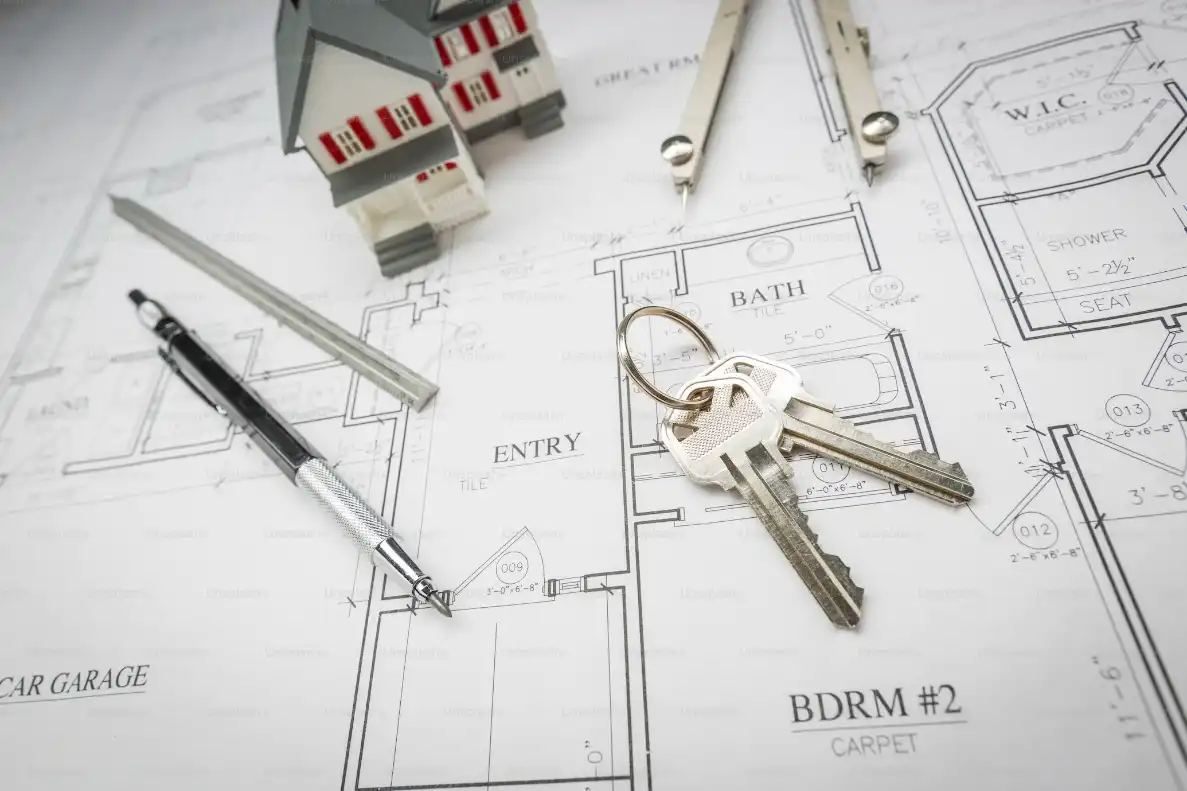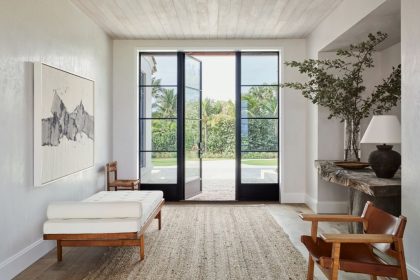When done right, renovations can be an excellent way to enhance the appeal and value of a property to prospective buyers or tenants. This in turn can increase the sales profit or rental value, boosting the return on your investment. In this guide, we’ll delve into key strategies and tips to help you renovate for maximum profit.
Research and Planning
The starting point for any effective renovation project is thorough research and meticulous planning. Without this, the process can quickly get off track and potentially lead to the cost outweighing the return.
Find out what the current trends in the local real estate market are and which types of renovation are likely to yield the highest returns. Take a look at the local community and who the target demographic is; finding out what they value in a property and then meeting that desire can help make your property more appealing.
During the research process, it’s also a good idea to find out if there are any restrictions or planning requirements put in place by the local council. Completing unauthorised renovations such as adding a spa or changing the driveway can be a costly mistake.
Set a Budget
During the planning stage clearly define the budget to ensure that the renovation costs remain in check. Doing this helps to prevent a situation from arising where the cost of the renovations become more than the potential returns.
While it may be tempting to just pick a number and leave it at that, it’s better to be more specific. Decide how much should be spent on each space, change or upgrade. From there, allocate funds for various aspects of the renovation, including materials, trades, furnishings and permits. A separate pool of money should also be set aside to handle any unexpected expenses.
The budget does not need to be completely static either. As the renovations progress, revisit your numbers and reallocate funds as needed.
Focus on High-Impact Areas
Always keep in mind that the primary purpose of the renovation is to increase the property value, so identify and prioritise high-impact areas that are likely to attract potential buyers or tenants.
In terms of rooms, kitchens and bathrooms often provide a greater return on investment than spaces like bedrooms, lounge rooms or offices. Fixtures and fittings such as door knobs, light switches and cabinet handles are relatively inexpensive to change out, but are something people interact with frequently so notice. Finishes are also important; a new coat of paint or varnish can make a significant difference to the way a door, wall, frame or cabinet looks.
Curb Appeal Matters
First impressions count, so depending on the current state you may want to allocate resources to enhancing the property’s curb appeal. A well maintained driveway, fresh exterior paint, clean entryway and outdoor lighting can help make the place feel more welcoming to people viewing the property.
When it comes to landscaping, dead grass, withered plants, overgrown gardens and weeds are not a good look. On a basic level, increase the curbside appeal by maintaining any grass, weeding the garden and cutting back out of control plant growth. To take it up a step, try adding a few cheap but attractive plants, or mulching the garden bed to make the colour of the greenery pop.
Optimise Space and Layout
As you’re walking through the property, think about ways to optimise the layout and flow of spaces to maximise functionality. Consider whether removing or moving a wall or door could create a more open living space with better flow. Adding efficient storage solutions, especially in bedrooms, bathrooms, the office, garage or kitchen, is attractive to potential buyers, who can envision themselves using these spaces. Ensure multipurpose rooms are kept relatively ambiguous to cater to the needs and preferences of any potential occupants. One person’s office or home gym can be another’s spare bedroom or kids playroom.
If you get stuck for ideas, it may be useful to invite neighbours, colleagues, family or friends to see the property and identify what they would change.
Energy Efficiency Upgrades
In today’s society there is a focus on making homes more energy efficient. Incorporating features that do this can become a selling point when the property goes to market, as it appeals to environmentally conscious buyers as well as those looking for long-term savings on their energy bills.
To address heating and cooling costs, install energy-efficient windows, additional insulation or window films. Swap light bulbs to LED lights, buy appliances with high energy efficiency ratings and ensure any solar systems at the property are in good working order.
Quality Workmanship
If you’re hiring trades, ensure that the renovation work is being carried out by skilled professionals who prioritise quality. While it may be tempting to use the cheapest person, the reality is it is not always worth the stress and costs associated with the poor workmanship they may produce. Buyers can often identify the difference between low and high-quality finishes pretty quickly, which can in turn impact how much value they see in the property.
As a general rule, it’s more beneficial to choose reliable companies and individuals whose positive reputation is based on their past work.
Neutral Colour Palette
Colour choices can be incredibly subjective so when selecting paint colours, flooring, and other finishes, opt for a neutral colour palette. Neutral tones provide a clean and timeless aesthetic that appeals to a broader range of people, as it can be paired with a far wider range of furnishing and home decor styles.
Incorporate Modern Amenities
Depending on the property, local area, and target demographic it is worth considering integrating in-demand modern amenities. Examples of this include smart home technology, app-controlled appliances, energy-efficient upgrades, a home security system, and high-speed internet connectivity. These types of renovations can be relatively simple and inexpensive to add but can have huge appeal to buyers who see it as yet another positive thing about the property.
In summary, renovating for maximum profit requires a strategic approach that takes into account market trends, budgeting, design choices, and careful execution. By focusing on high-impact areas, enhancing curb appeal, incorporating modern amenities, and prioritizing quality workmanship, you can significantly increase the value of your property and maximize your potential profit, the end goal for all property investors.










